Content |
|---|
History
The German Pinscher (from german pinscher “bite”) It is a breed of dog that belongs to the family of Pinscher.
This race, whose origins date back to the 15th century and which is also related to the Schnauzer, It was originally a dog used by the farmers of Germany to control rodent pests. It is believed that he is descended from crosses between old German dogs and some black Terrier used to hunt rodents.
It is also the breed that arose the Dobermann and the so-called Miniature Pinscher. In Germany, due to the fame that were acquiring the dog shows in the rest of Europe and America, a standard of the breed was established in the year 1879, year in which it was also recognized as a race.
Currently, the Pinscher It is considered more of a companion and guard dog than a hunting dog or vermin controller. As a companion dog it is ideal, its size enables live perfectly in a flat in city, although, like any other dog, you need to do exercise.
In its role as a guard dog, of course, is not as imposing as his descendant the Dobermann, but their functions.
The use of Pinscher as a watchdog it is very satisfying, It is a dog that defends well property without falling (insofar as it is well educated) in the territoriality to his master, staying true to this at all times.
Although it has always been considered that the Pinscher it is a very attractive breed of dog, It has never exceeded the popularity of his descendants: the Pinscher the Dobermann and miniature. In fact, according to a study conducted by the Kennel Club, the Pinscher miniature is almost 8 some times larger than the Pinscher and the Doberman 138 times more popular than this.
Physical characteristics
The Pinscher is a dog of size medium, between 45 and 50 cm., proud bearing and strong muscles, with a weight around the 18 kg (14 to 20 kg).
It has a head thin and snout elongated, ears median, slightly bent at birth, they hang from the head of the dog and they are generally cut.
Neck of average length, wide and strong, trunk slim and elegant lines. Regard to the tail, like the ears, also tends to be amputated.
The fur, It is short and rough, it comes in shades of red, brown or black, and fire in the belly and chest.
Their fur is short and smooth, does not require much care, just brushing regularly to remove dead hair.
Character and skills
Because of its vitality require quite some exercise outdoors, You can fix left him free in an open field so that it can run and romp.
As well, related to the latter, It is a suitable dog to accompany people who practice physical exercise, such as running or cycling.
It is a dog, extremely, active and lively, alert and vigilant. It is often wary of strangers.
It would also be necessary, given his character slightly dominant, teach him to respect rules and who is charge at home.
We need to socialize from very small, because the dominant character leads him to not tolerate the presence of other dogs too. Then, If he is raised with another dog from a young age, they will have a duo of inseparable barkers at home.
German Pinscher Health
All purebred dogs have the potential to develop genetic health problems, just as all people have the potential to inherit a particular disease. Run, do not walk, from any breeder that does not offer a health guarantee on puppies, to tell you that the breed is 100 percent healthy and has no known problems, or tell you that your puppies are isolated from the main part of the home for health reasons. A reputable breeder will be honest and open about the breed's health problems and the incidence with which they occur in their lines..
Having said that, the German pinschers they are quite healthy, and breeders want to keep them that way.
Do not buy a puppy from a breeder who cannot provide you with written documentation that the parents have been cleared of health issues affecting the breed. Make the dogs are “reviewed by the veterinarian” It is not a substitute for testing genetic health.
Remember that after bringing a new puppy home, has the power to protect you from one of the most common health problems: the obesity. Keep a german pinscher with a proper weight is one of the easiest ways to prolong your life. Make the most of your preventive skills to help ensure a healthier dog for life.
German Pinscher Grooming
The short and smooth coat of the German Pinscher makes it easy to style. One bath every three months (or when it gets dirty) with a mild shampoo is all you need, in addition to brushing once a week with a natural bristle brush or glove. Use hair conditioner / polisher to brighten hair.
The rest is basic care. Trim nails as needed, usually once a month. Brush your teeth frequently for general good health and fresh breath. Check ears weekly for dirt, redness or odor that may indicate an infection. If the ears look dirty, clean them with a cotton ball moistened with a mild, pH-balanced ear cleaner. Enter the toilet of the German Pinscher when I'm too young to learn to accept it, especially the nail cut, with patience.
Characteristics "German Pinscher"
Coexistence is important that you have with your new friend. Before considering the acquisition of a dog of the breed "German Pinscher" you know certain factors. Not all breeds of dogs are apt to live in an apartment, you must take into account his character, their need for exercise, their interaction with other pets, their care and if you have small children, their level of tolerance towards them.
Adaptation ⓘ3.0 out of 5 stars (based on 1 review)
|
friendly dog ⓘ3.0 out of 5 stars (based on 1 review)
|
hair loss ⓘ3.0 out of 5 stars (based on 1 review)
|
|---|---|---|
Affection level ⓘ4.0 out of 5 stars (based on 1 review)
|
Need for exercise ⓘ4.0 out of 5 stars (based on 1 review)
|
Social need ⓘ3.0 out of 5 stars (based on 1 review)
|
Home ⓘ3.0 out of 5 stars (based on 1 review)
|
Toilet ⓘ2.0 out of 5 stars (based on 1 review)
|
Friendly with strangers ⓘ3.0 out of 5 stars (based on 1 review)
|
barking ⓘ3.0 out of 5 stars (based on 1 review)
|
Health ⓘ4.0 out of 5 stars (based on 1 review)
|
Territorial ⓘ5.0 out of 5 stars (based on 1 review)
|
Cat friendly ⓘ3.0 out of 5 stars (based on 1 review)
|
Intelligence ⓘ4.0 out of 5 stars (based on 1 review)
|
Versatility ⓘ4.0 out of 5 stars (based on 1 review)
|
Child friendly ⓘ3.0 out of 5 stars (based on 1 review)
|
Surveillance ⓘ4.0 out of 5 stars (based on 1 review)
|
joy ⓘ5.0 out of 5 stars (based on 1 review)
|
German Pinscher Images
German Pinscher videos
Type and recognitions:
- FCI CLASSIFICATION:
- Group :
- Section : . .
Federations:
- – FCI – Pinscher and Schanuezer dogs. Molossian type Dogs and Swiss Mountain and Cattle Dogs. , Section 1: Pinscher and Schnauzer. ⓘ
- – AKC – Dogs working ⓘ
- – ANKC – Group 6 (utility dogs) ⓘ
- – CKC – Group 6 – Non-Sporting ⓘ
- – KC – Working dogs ⓘ
- – NZKC – Utility dog ⓘ
- – UKC – Terrier ⓘ
FCI breed standard "German Pinscher"
Alternative names:
1. Deutscher Pinscher (English).
2. Deutscher Pinscher (French).
3. Deutscher Pinscher (German).
4. (em alemão: Deutscher Pinscher) (Portuguese).
5. Pinscher Mediano, Pinscher Estándar, Pinscher de pelo áspero, Mordedor alemán (español).
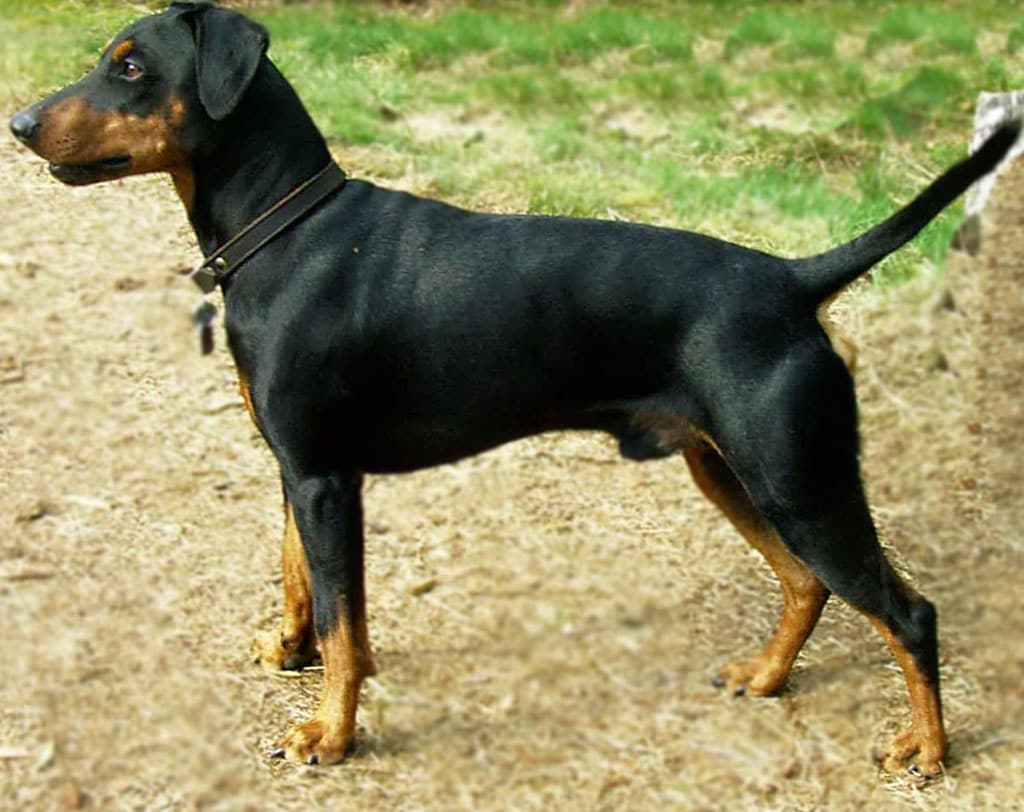

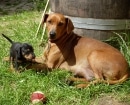
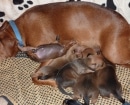
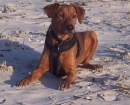
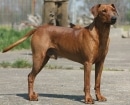

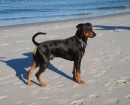
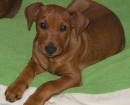
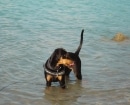
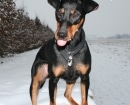
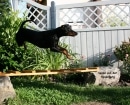
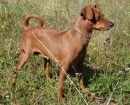
 Deutscher Pinscher Bakira
Deutscher Pinscher Bakira Otto (the German Pinscher) unable to fetch a stick from the sea
Otto (the German Pinscher) unable to fetch a stick from the sea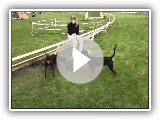 German Pinschers
German Pinschers Deutscher Pinscher vs. Wischmob
Deutscher Pinscher vs. Wischmob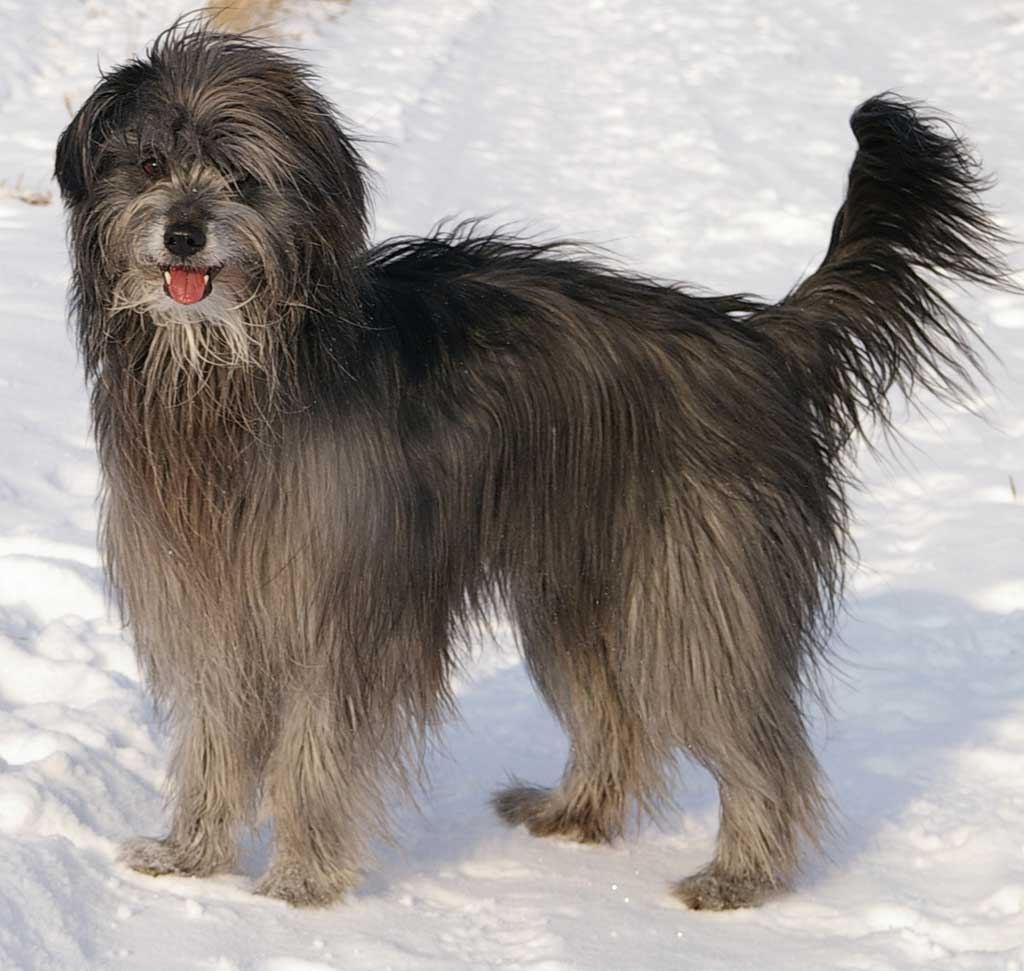
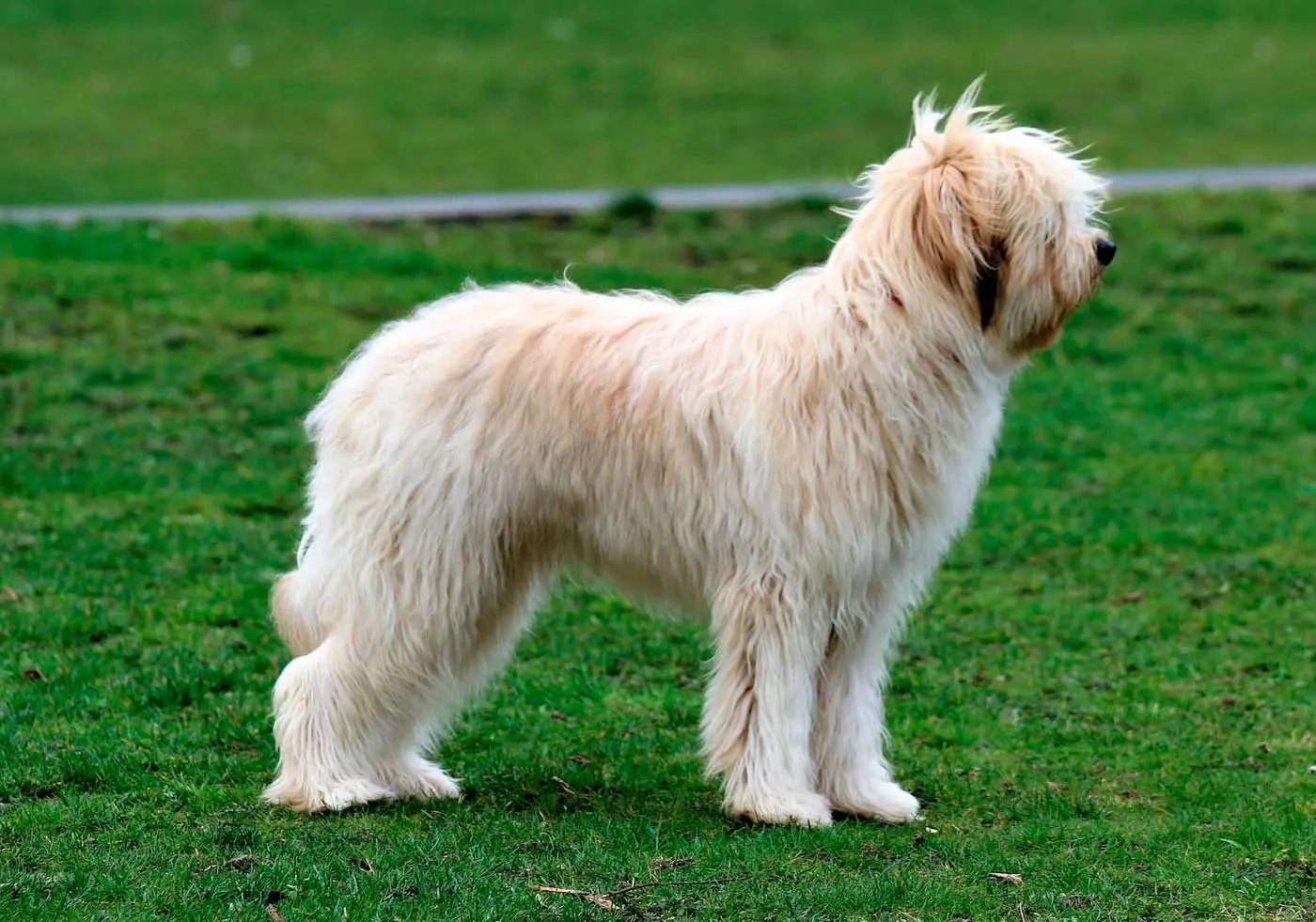
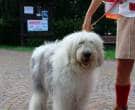
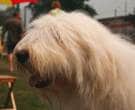

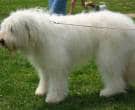
 South Russian Ovcharka / 99+1 Dog Breeds
South Russian Ovcharka / 99+1 Dog Breeds South Russian ovcharka juzak Ataman VICTORY 16 months old temperament test
South Russian ovcharka juzak Ataman VICTORY 16 months old temperament test South Russian ovcharka, WDS-2016, females, Intermediate class
South Russian ovcharka, WDS-2016, females, Intermediate class West Highland White Terrier and South Russian Shepherd Dog.
West Highland White Terrier and South Russian Shepherd Dog.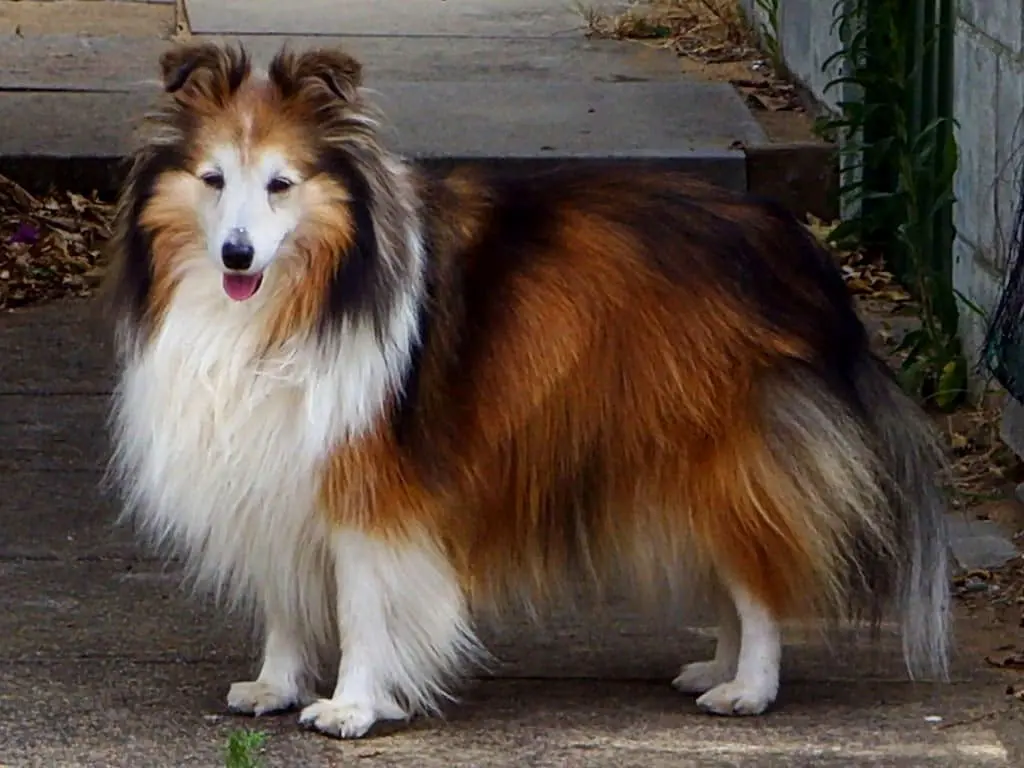
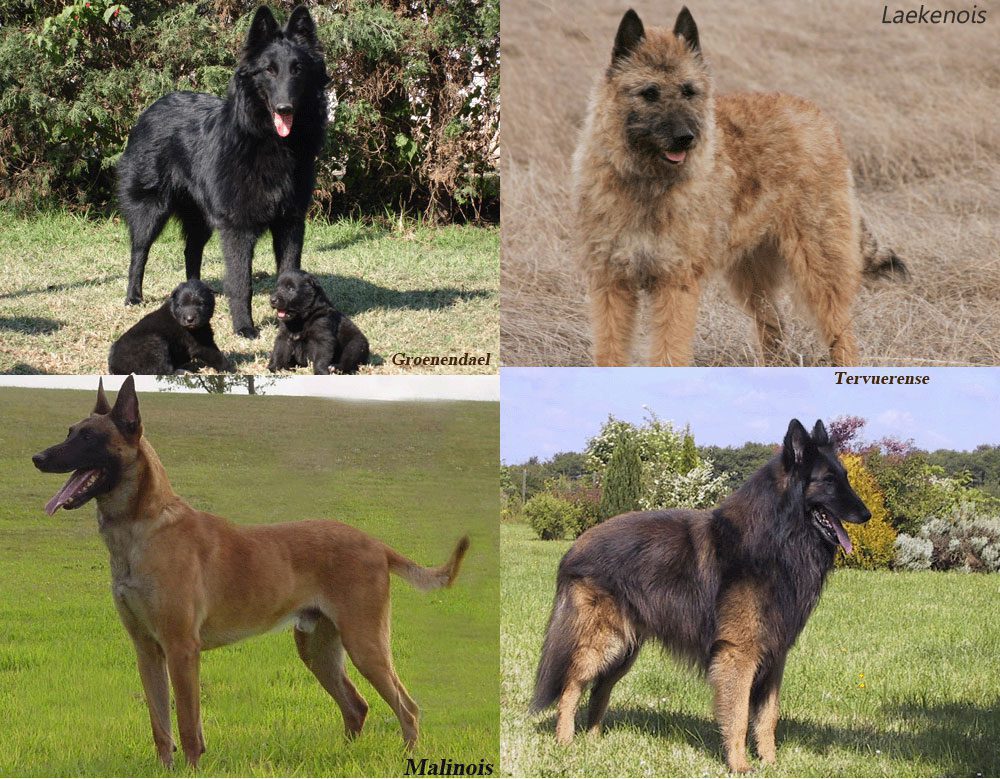
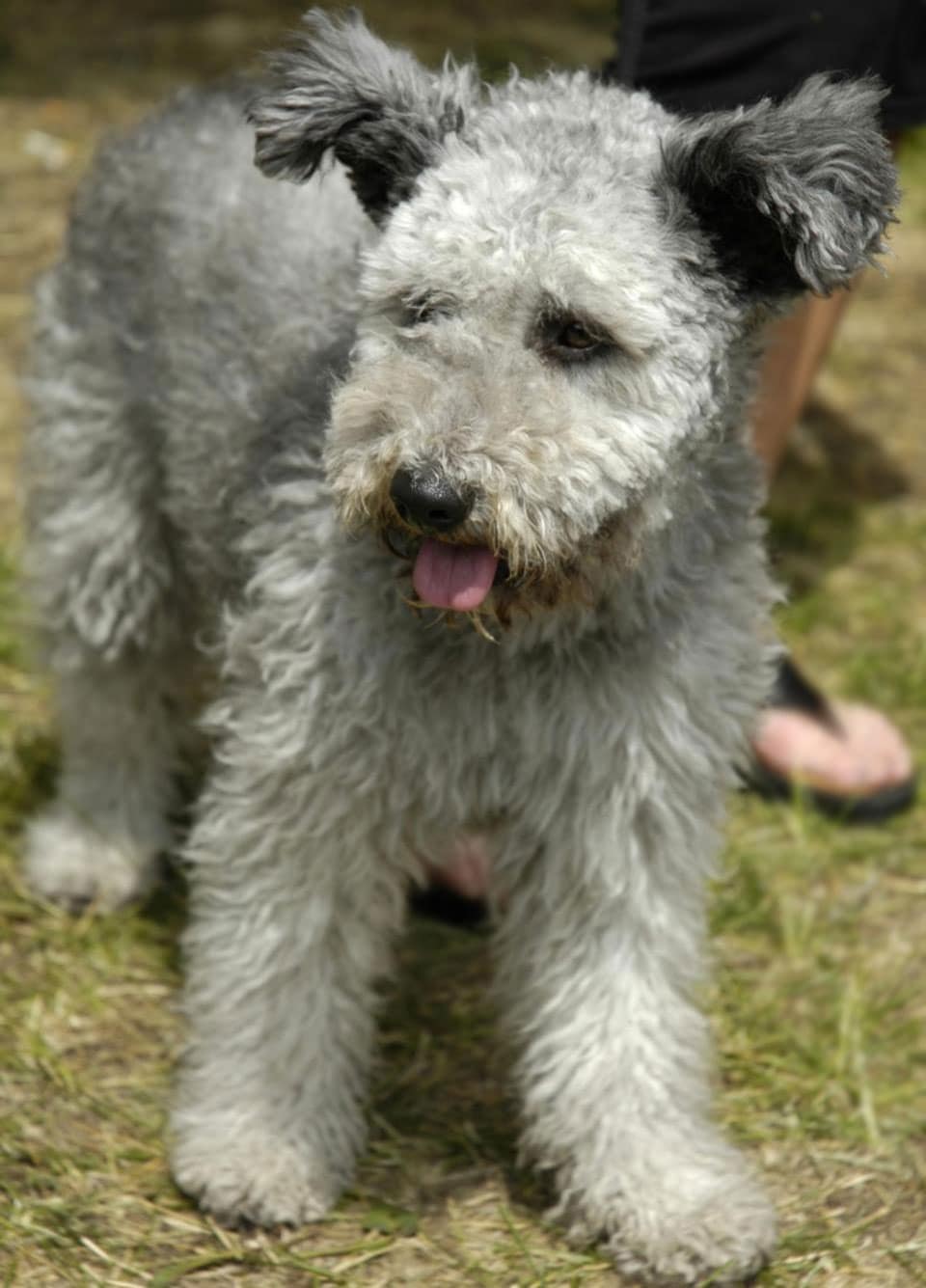
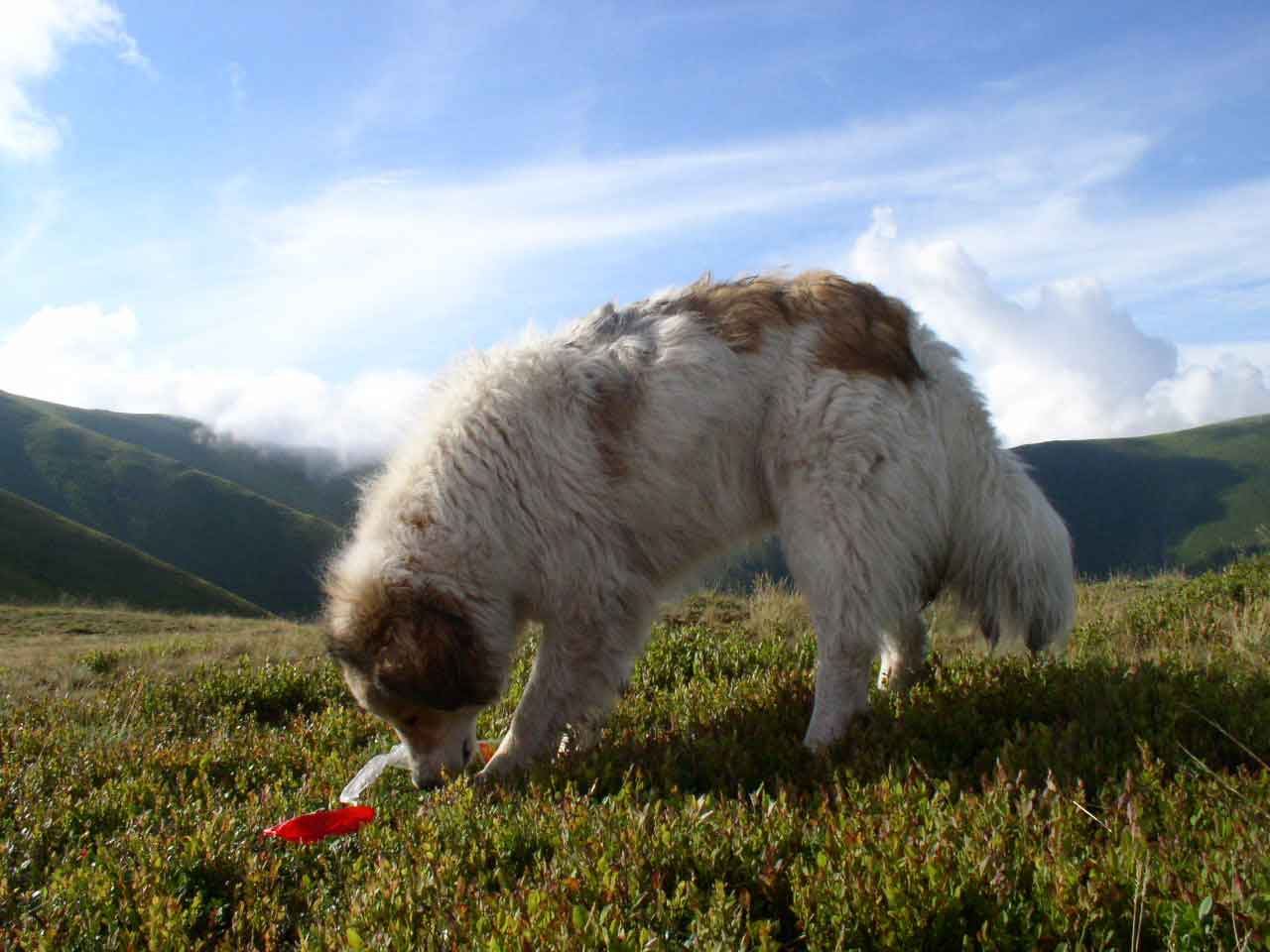
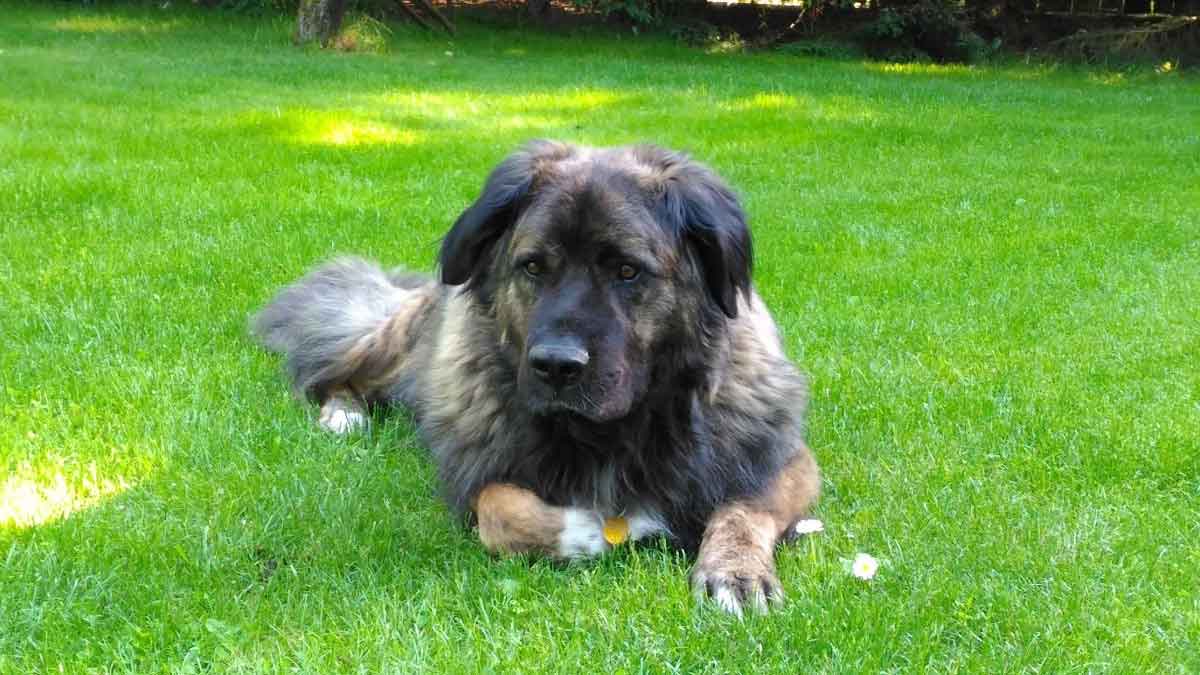
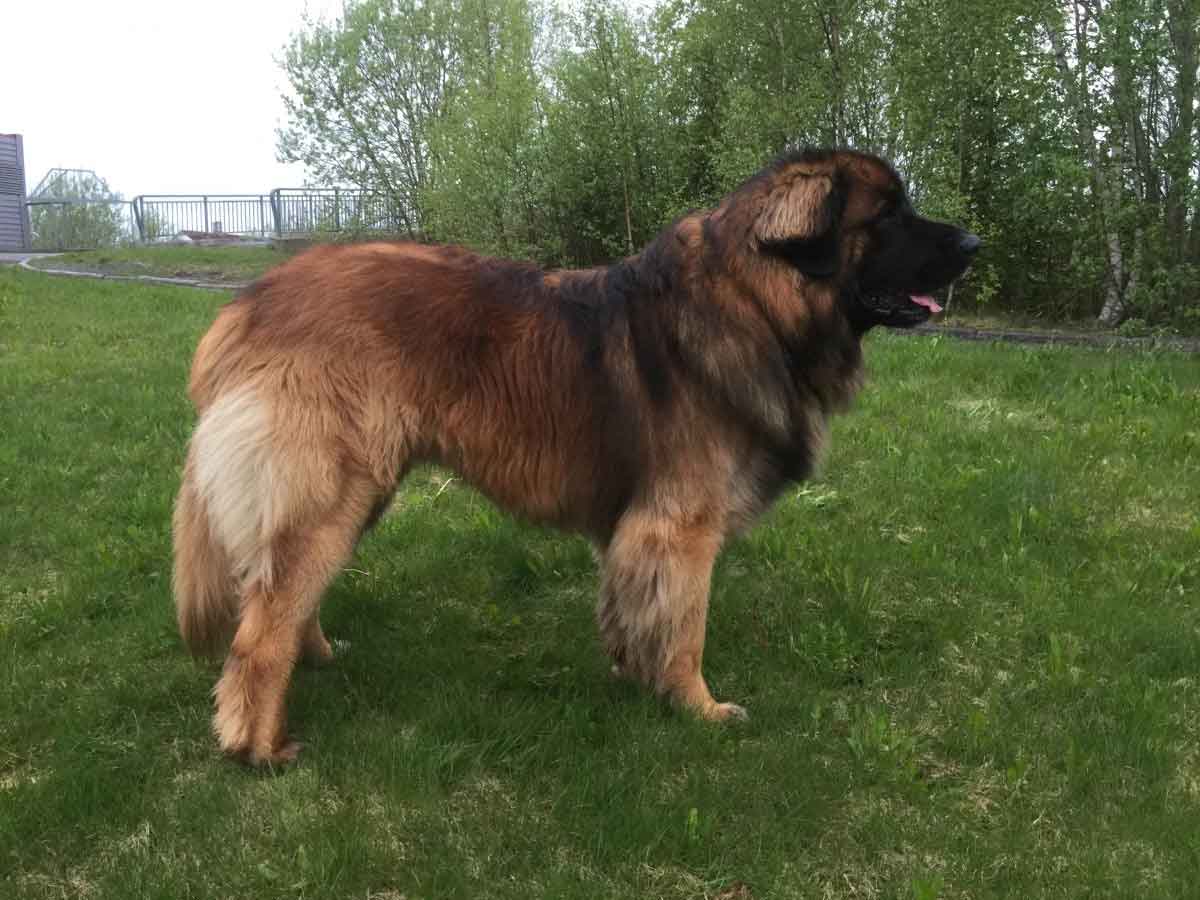
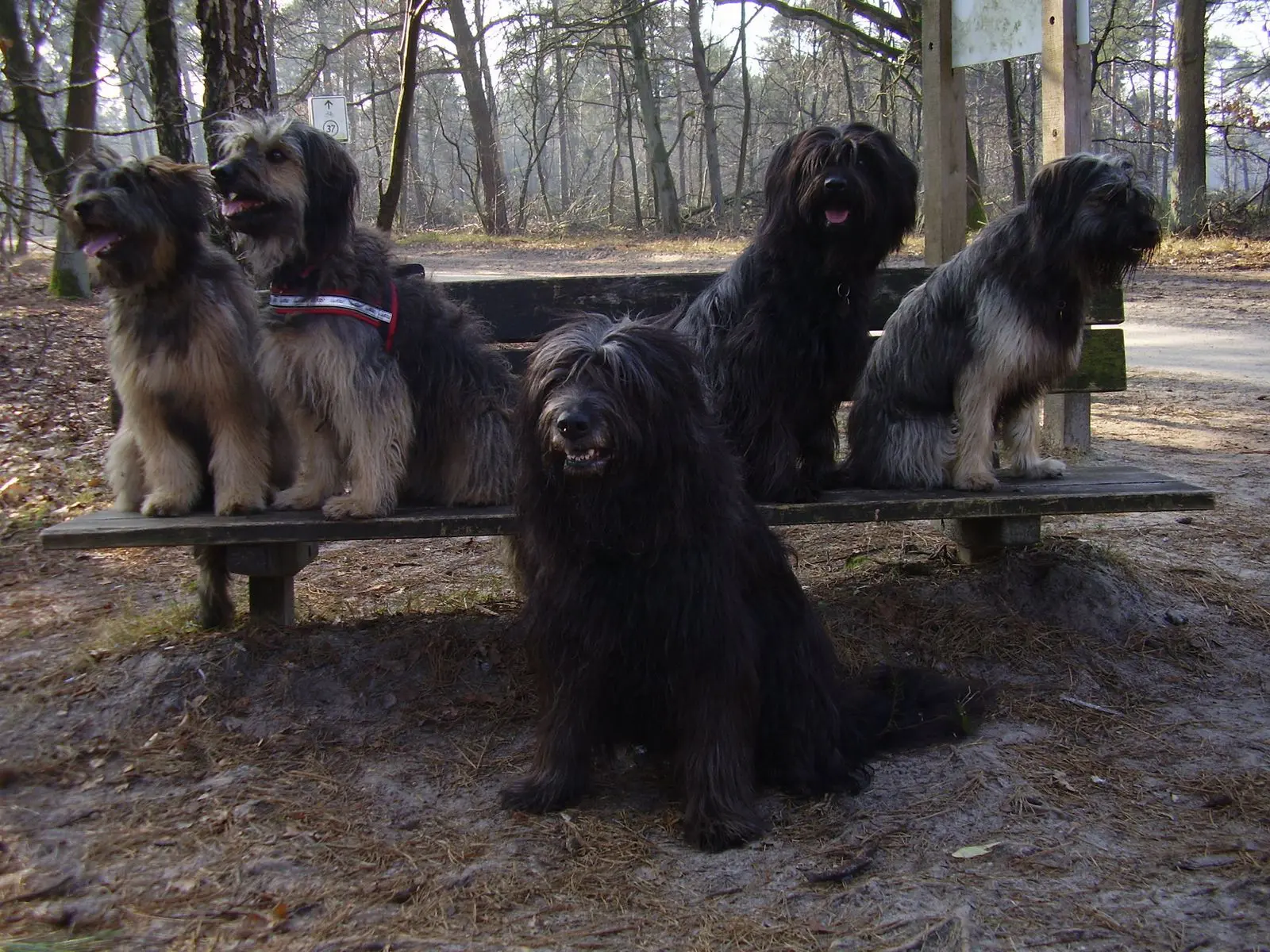
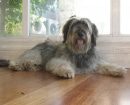
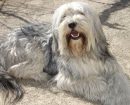
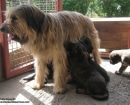
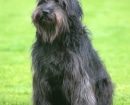
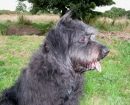
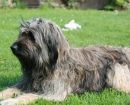
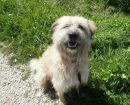
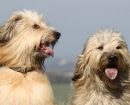
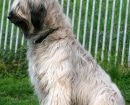

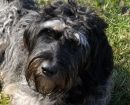
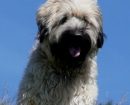
 Gos d'Aturas of Selvamolino
Gos d'Aturas of Selvamolino Gos d'Aturas of Selvamolino
Gos d'Aturas of Selvamolino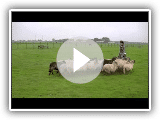 schapendrijven dog’ stop Catalan killu
schapendrijven dog’ stop Catalan killu www.gos-datura.info – unser erster Gartenausflug am 15.5.2010 3.AVI
www.gos-datura.info – unser erster Gartenausflug am 15.5.2010 3.AVI